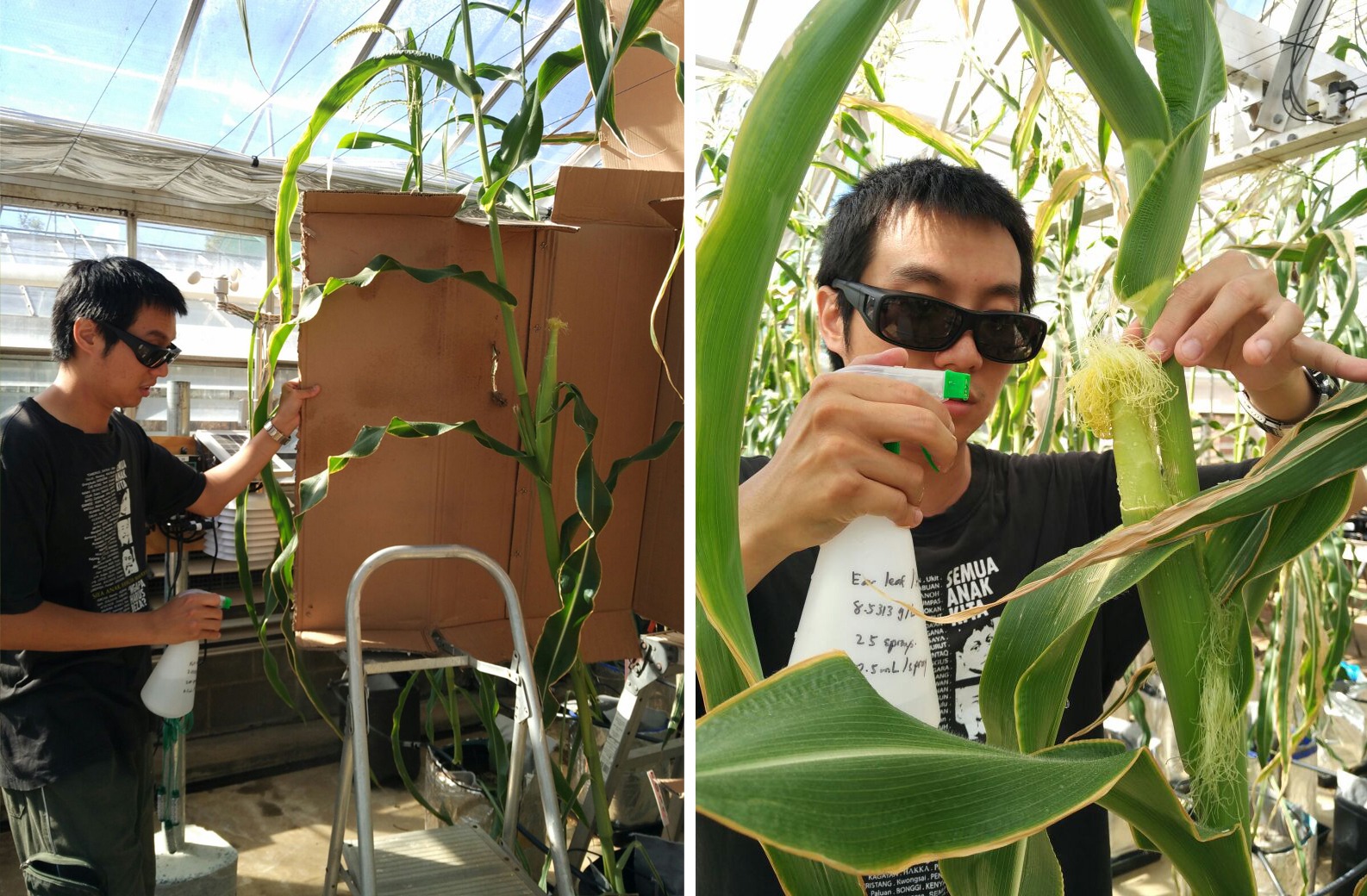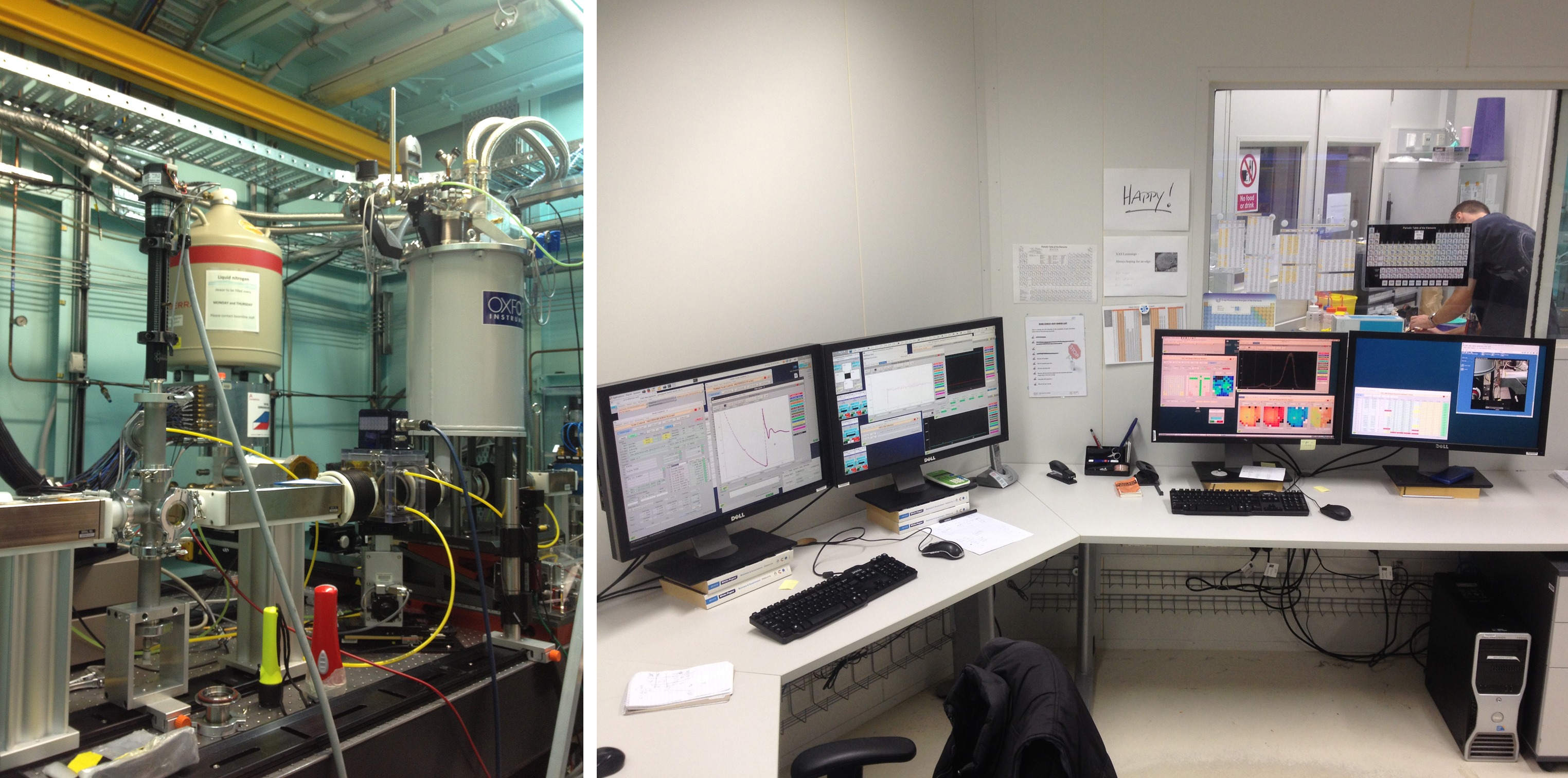

Boosting zinc levels for healthier sweetcorn, TropAg
October 28, 2019
The Crawford Fund’s Queensland Committee has again partnered with TropAg2019 to assist 10 young researchers from developing countries attend and present their science at this international conference which will be held in Brisbane from 11-13 November 2019. Successful candidates were chosen by a selection panel made up of representatives of The Crawford Fund and the TropAg2019 conference organisers, based on submitted abstracts of their research.
In the lead-up to the conference we will be publishing short blog posts written by the young researchers about their work. Here is the first blog.
By Zhong Xiang Cheah, The University of Queensland
I chose the path of agriculture because there is a burning passion in me to see the global food crisis resolved and starvation ended. It is also one of the most important keys for rural development, poverty reduction, and combating climate change. One step to achieve this vision is through dedication to research activities, persevering in creativity and innovation, and a commitment to drafting sustainable policies to facilitate first-class farm management and quality crop production.
The aim of this research is to investigate the potential of sweetcorn as a target crop for Zn biofortification. Approximately 30% of the world’s population are zinc-deficient, causing severe health issues in both developing and developed nations. Successful biofortification of sweetcorn will enhance the nutritional value of this widely consumed vegetable, providing a wider range of Zn-enrich foods to supply dietary needs.
The research is categorised into three phases. In phase one, the rationale for selecting sweetcorn as a target crop for Zn biofortification was established. In phase two, the genetic factors governing kernel Zn accumulation and the potential for genetic biofortification within the germplasm pool currently available were examined. Finally in phase three, the efficacy and efficiency of various agronomic biofortification strategies (i.e. soil and foliar Zn fertiliser applications) were assessed.
Many important findings were discovered during the course of this research. For example, we now know that Zn in sweetcorn endosperm is complexed with a N- or S-containing ligand such as Zn-histidine and Zn-cysteine, and therefore is bioavailable to consumers. We also found that source-sink dynamics resulted in cobs with more kernel number (bigger cobs with higher yield) expressing lower kernel Zn concentration as more kernels competed for a limited pool of Zn distributed to the cob. Finally, we revealed that foliar Zn application is a much more effective and efficient way of delivering high Zn supply to developing kernels as compared with soil Zn application. These discoveries made can possibly be applied in maize, a close relative of sweetcorn and a staple of many developing countries especially Africa and Latin America.







